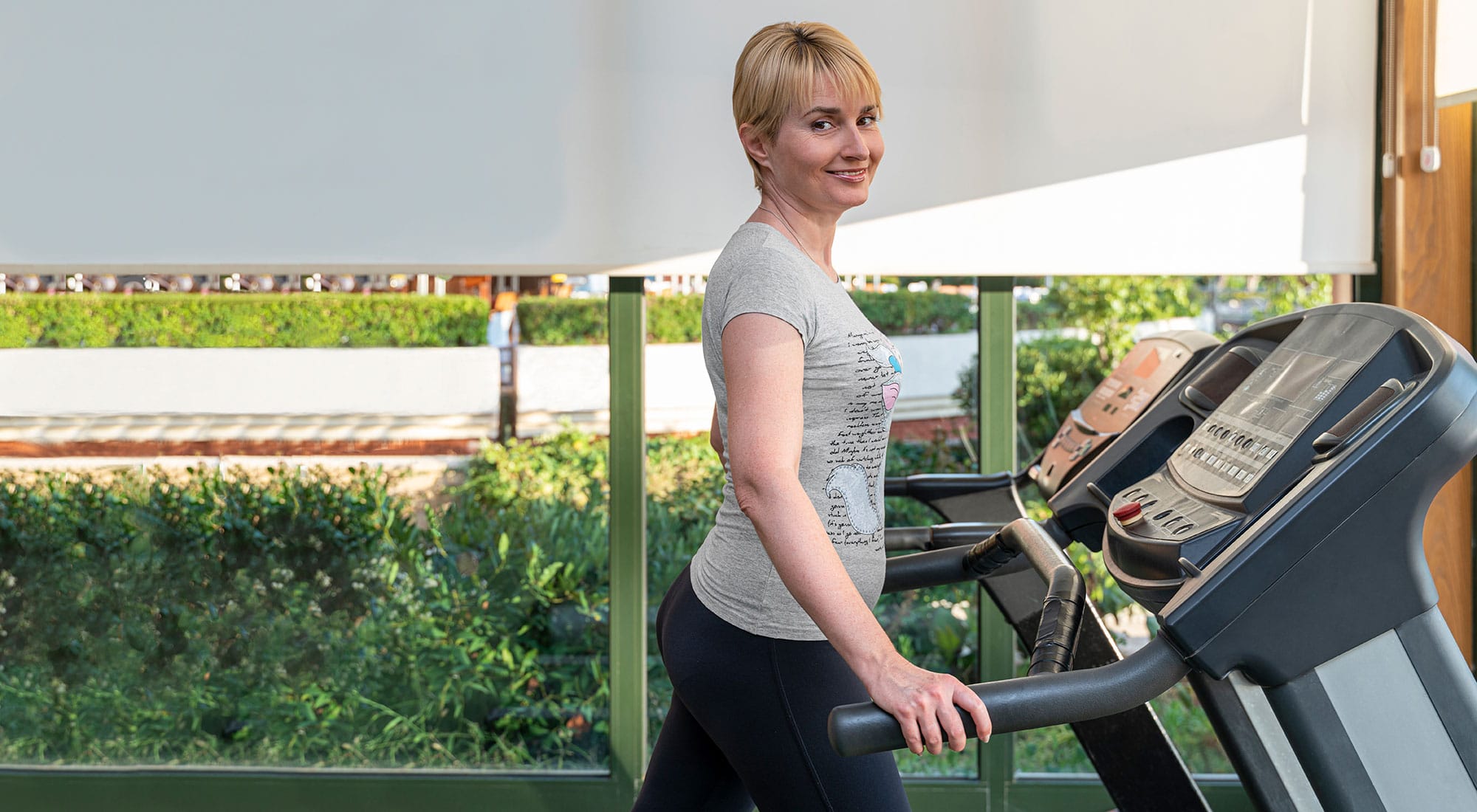By Darren Williams, Founder and Co-owner, QuikSwitch
In early 2020 there was a huge focus on single-use plastics. I, like many, went into a mental tailspin at the sight of my cardboard straw disintegrating before I reached the bottom of my milkshake. I was, however, comfortable in the knowledge that I was doing my bit for the environment. At around the same time, the Government announced its target of the UK being net zero by 2050, an aspiration that most considered unachievable. Enter SARS-CoV-2 (COVID-19).
Fast-forward just over a year; the UK managed to achieve a 50% reduction on emissions against the 1990 baseline figure, largely due to lockdown restrictions on travel and business. One of the few inadvertent benefits achieved through the crisis. We will take it though, as this represents a huge achievement. But what will emissions look like this year? We are leaving lockdown and hoping never to return, so the artificial suppression on emissions will not be present.
However, this positive effect, albeit short-lived, is far outweighed by the environmental impact of single-use PPE. Recent studies estimate we are throwing away 3.4 billion face coverings per day, worldwide. Given a single mask can release 173,000 microfibres of plastic, have we really dropped the ‘single-use’ ball? Now is the time to sharpen our focus again.
The good news is that by reducing greenhouse gas emissions, water usage and waste to landfill, organisations can drastically reduce their cost base. Simple measures, such as switching lights off have a ‘marginal-gain’ effect. Habitual changes to the way we lead our life seem fruitless, given the scale of what needs to be achieved, but we all have to do our part to achieve the collective goal.
The biggest impact on reductions of emissions and usage are usually achieved by capital expenditure projects. The use of photo-voltaic solar panels, battery storage and heat source pumping can realise huge reductions on your emissions and your ongoing costs. There are plenty of incentives available to soften the blow of hefty investments and while there is a one-off cost, the benefits are long-term.
Surgical gloves and masks have their place. But do we all need to use surgical-grade products in every setting? There are reusable alternatives which cause much less waste and damage to the environment. There are even 100% biodegradable masks that have flower seeds impregnated into their material. So, the thousands of discarded masks we see lying around footpaths and verges at the moment will decompose, seed, germinate and flower – love it!
Water usage is often forgotten but is crucial to the overall health of the environment. Wasted water is the biggest issue here. But again, simple habit-change or investment can return a drastic reduction in waste. Taps that do not stay on as long, toilets that flush using 85% less water and water-less urinals are forward-facing solutions to this problem. But what are the unseen impacts of leaks within your water system?
During the past year, the health and fitness sector galvanised and spoke with one voice on many issues. Isn’t protecting our environment for future generations worthy of a similar common purpose? The benefits could be huge if it were. Proper consortium buying, reducing the cost of usage and solutions for the sector, could be achieved. This would mean the smallest operators benefiting from the purchasing power of the largest operators. Now that is a common purpose with the welcome side-effect of the sector doing its collective bit.
In my humble opinion, returning to normal should not be an option here. Using the impetus of the reductions in emissions and building on this win remain priority number one. Reducing the harmful waste that the pandemic has caused should become priority number two.




